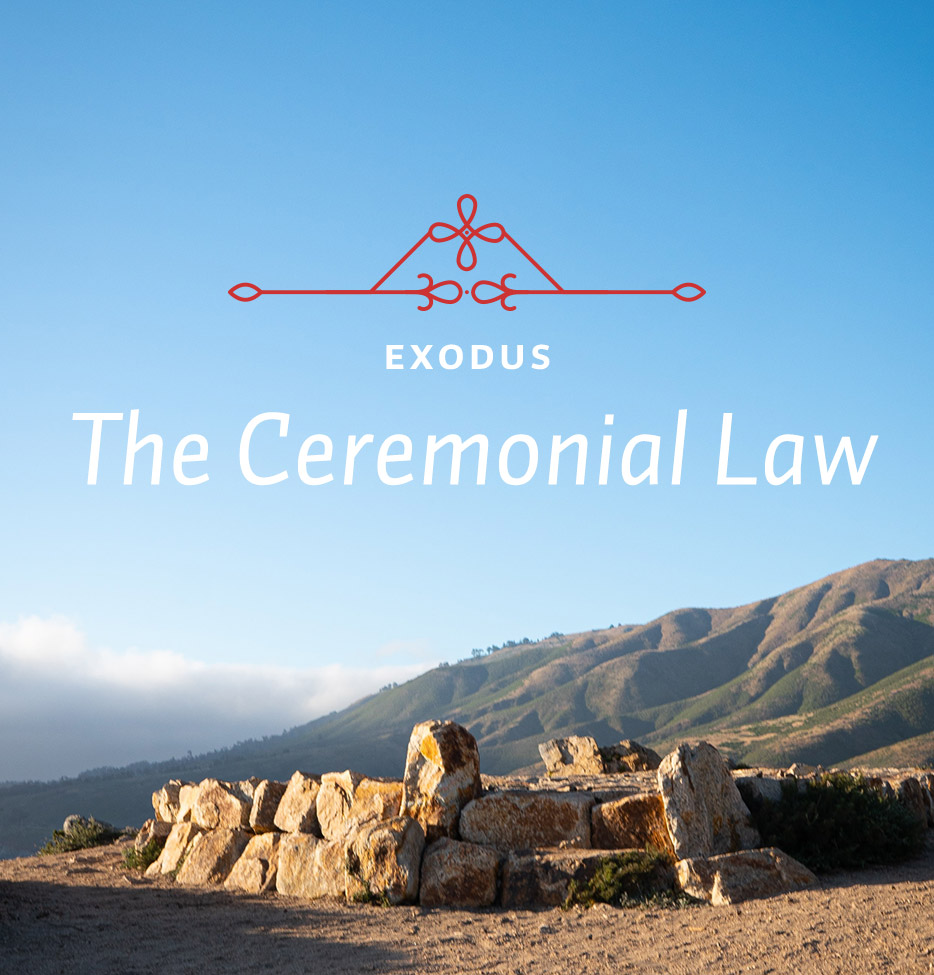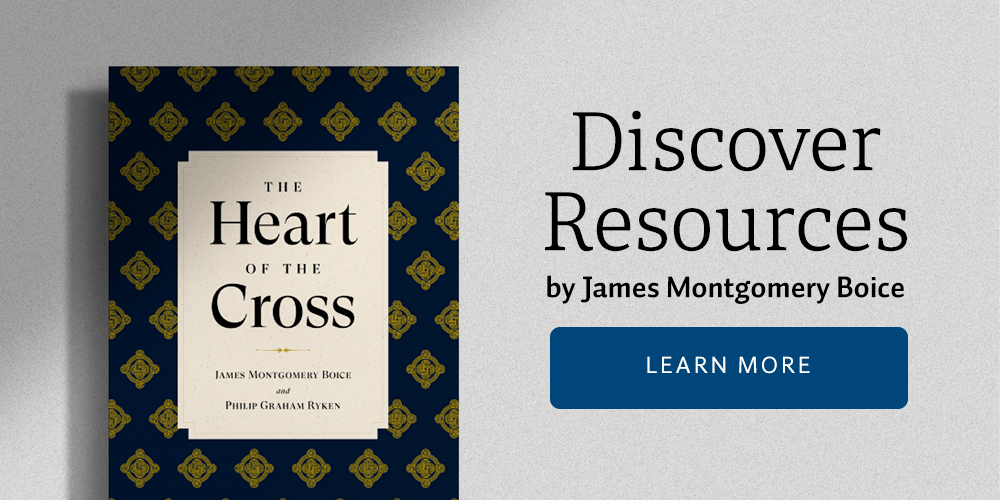The book of Exodus falls into two main parts. The first part has to do with the exodus itself, which gives the book its name. The second part deals with those early months of Israel’s desert wandering, during which God gave them three types of law: the moral law, embodied in the Ten Commandments; the civil law, having to do with their civil government; and then finally the ceremonial law.
Now the description of these three kinds of law gets longer as we go along. The Ten Commandments only occupy a chapter, and even with the material that introduces and concludes the actual commandments, it’s still only two chapters 19 and 20). The civil law, as we have it in Exodus, takes four chapters. It begins in chapter 21 and it goes through chapter 24. Lastly is the ceremonial law, having to do with the tabernacle and its furnishings and the function of the priests and the various ceremonies that they performed. This discussion begins in chapter 25 and continues to the end of the book.
The ceremonial law falls into two parts. Much of it has to do with instructions for building the tabernacle, which was the wilderness worship center of the people, and the furnishings. But even that falls under two parts. The first part tells what they are to do, and then the second part simply says that they did it. If you look at the commentaries on these chapters you will find that they are very extensive when they deal with the book of Exodus up to chapter 34, but then after that most of the material is repetitive and so they simply pass over the latter part quickly. There is also the presence of narrative material. After we have the section that tells how the tabernacle is to be built and how the furnishings are to be constructed, you have the incident of the golden calf and Moses’ intercession for the people which extends beyond that chapter for two more chapters (32-34). And then finally, after you have the second section that tells how they actually built the tabernacle and its furnishings, you have an account of them actually setting it up and dedicating it (chapter 40).
An outline of the latter half of Exodus looks like this: 1) the instructions for constructing the tabernacle (chapters 25-31); 2) the incident involving the golden calf and the intercession of Moses (chapters 32-34); 3) the account of the actual making of the tabernacle (chapters 35-39); and 5) the setting up of the tabernacle and God’s approval (chapter 40).
Now what we want to do in this particular study is look at the nature and appearance of the tabernacle itself. When we are studying the Bible, we have to be very careful about giving symbolic meanings to objects or events because you can get carried away by trying to find all kinds of secret and hidden meanings in virtually every sentence and every word. But we don’t want to try to find more meaning in something than the Bible gives us. I must say in the case of this tabernacle we have a great deal of guidance because it points forward to the coming of Jesus Christ. We find this when we come to the book of Hebrews. There we learn what the sacrifices were all about, and we understand how the ark was to function, and how that pointed forward to the coming of Jesus Christ. As a matter of fact, within that context, when you look at the tabernacle and its furnishings, it is easy to see right away that every single object in one way or another was meant to point forward to Christ and the work He would do for our salvation. Along with that goes our relationship to Him and the way we approach Him.
There are four different names for this tabernacle in Scripture. The first is sanctuary (see Ex. 25:8). A sanctuary is a holy place. What makes the tabernacle holy? What makes it holy is the presence of God. The tabernacle is sanctified by His presence. Second, it’s called the tabernacle (see Ex. 25:9 and 26:1). A tabernacle is a dwelling place, or a place of settling down, and so it refers to the fact that God has settled down among His people. Third, it’s called the Tent of Meeting (see Ex. 29:42) because it was the place where the people presented themselves before God and where God actually met with them. Fourth, it was called the Tent (or Tabernacle) of the Testimony. The Testimony refers to the stone tablets of the law. This is the place where the law was kept, and it was this law that revealed to the people the righteous standard required for the people to approach God.
Chapter 25 begins with God telling the people to bring the offerings of gold, silver, bronze and the other material that will be used to make the tabernacle. After this, they are given instructions on how to make the ark, which is the golden chest that was kept within the Most Holy Place of the tabernacle.
That’s not where we would start, is it? If you were going to go about describing this tabernacle, you’d describe it the way it would appear to us if we would approach it. You would describe it as a great big enclosure sitting out in the desert, enclosed by curtains. You go inside the curtains and there is a kind of a building in there made out of tents, and you’d say that has two parts. In the outer part there is some furniture, and then you go into the inner part and that’s where the ark is. So if we were describing it, the ark would be the very last thing we would come to. What you find in Exodus is that the ark is the very first thing that is mentioned; and there’s a perfectly good reason for that, isn’t there? The ark was the place that symbolized the presence of God, and so by very definition the ark was the heart of it all; everything else was built to go around the ark. So the building was intended to surround the ark, and there were curtains that surrounded the building. What we are alerted to immediately is that the order that we find here in these chapters of Exodus is the theological order.






